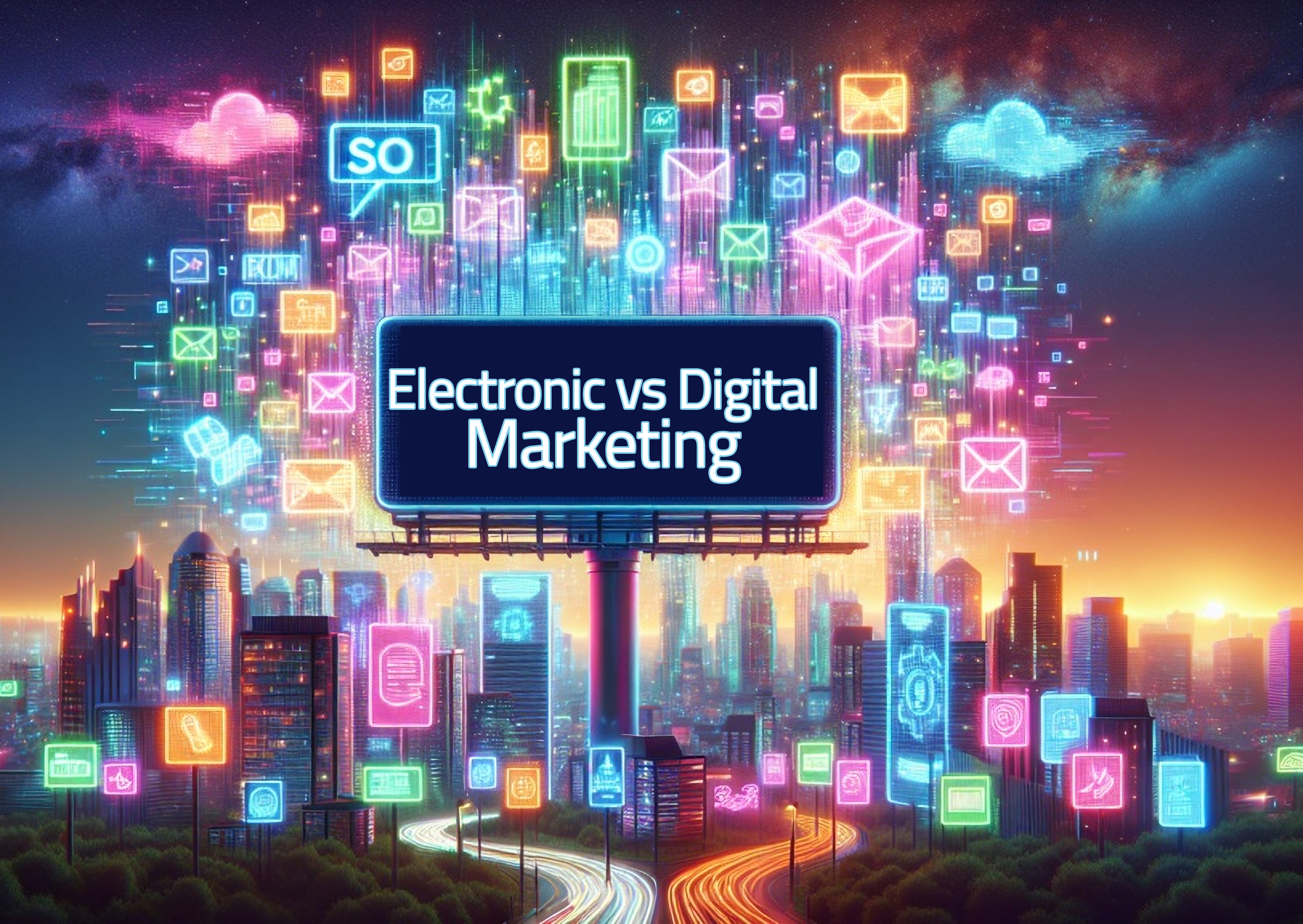
In modern marketing, the art of storytelling has become one of the
most effective techniques for building strong emotional bonds with
customers and differentiating your product or service from
competitors. A well-developed storytelling strategy taps into the
emotional level of your audience, addressing their pain points and
delivering narratives that resonate through branded storytelling
that reflects real human experiences.
Brand stories go beyond presenting features—they craft stories that
build lasting connections with your target audience, create a sense
of community, and generate meaningful engagement across social media
and other platforms. These stories often revolve around challenges,
victories, or values that speak directly to the consumer's heart,
helping brands connect with their audience on a deeper level and
inspire action through a well-defined brand narrative.
In addition to brand-centered messaging, sharing personal
stories—whether from founders, team members, or customers—adds
authenticity and relatability to your content. Whether you're
producing a campaign video or writing a blog post, your goal as a
content marketer is to transform messaging into a compelling
narrative that creates relevance and emotional impact. By embedding
a clear call to action within emotionally driven content, you guide
your audience from awareness to action. Legendary campaigns like
Coca-Cola’s "Share a Coke" show how effective storytelling can turn
everyday moments into iconic brand memories.
Ultimately, storytelling in marketing is about much more than
talking about a product — it's about creating brand stories,
personal stories, and narratives that resonate that your audience
wants to be part of — stories that inspire trust, loyalty, and
engagement while reinforcing a consistent brand narrative.
The Importance of Storytelling in Marketing
1. Building Emotional Connections with the Audience
Stories have a unique ability to evoke emotions and connect consumers to a brand on a deeper level. When a compelling story relates to real-life situations or human experiences that the audience can empathize with, this emotional connection leads to stronger brand loyalty. For example, Nike has used stories of athletes overcoming challenges to achieve success, making the brand a symbol of determination and victory.
2. Influencing Purchasing Behavior
Stories are not just a form of entertainment; they are an effective tool for influencing purchasing decisions. When a brand presents a powerful story about how its product solves a particular problem or improves someone’s life, it becomes easier for consumers to see the real value of the product, making them more likely to make a purchase.
3. Simplifying Complex Concepts
Stories can simplify complex information, making it easier to understand. For example, when a tech startup introduces a new, complicated product, a story can explain how the product works and its benefits in a way that a non-technical audience can easily grasp. This helps simplify the message and increases the likelihood of acceptance by the target audience.
4. Differentiating the Brand from Competitors
In a crowded market, a good story can be the factor that sets your brand apart from others. Unique and interesting stories make your brand memorable and help build a distinct identity. For example, Apple consistently tells stories of innovation and excellence in every marketing campaign, reinforcing its position as a leader in technology.
How to Apply Storytelling in Marketing
1. Understanding the Target Audience
Before starting the story, it’s crucial to have a deep understanding of the target audience. What are their needs? What values do they hold dear? What challenges do they face? Answering these questions will help create a story that speaks directly to the audience and meets their expectations.
2. Defining a Clear Message
The story should always be tied to a clear marketing message that reflects the brand's identity and values. This message could be about product quality, innovation, or any other value the company wants to convey to its audience.
3. Effectively Using Characters and Conflict
Characters and conflict are essential elements of any successful story. The characters can be the ideal customer or the product itself, while the conflict represents the problem or challenge the customer faces. The solution, of course, is the product or service the brand offers.
4. Diversifying Storytelling Media
Stories can be told through various formats, such as video, blogs, social media, and even email. Diversifying the media used makes the story more impactful and helps reach a wider audience.
5. Encouraging Engagement and Participation
The story should encourage the audience to engage and participate. This can be done by inviting the audience to share their own experiences or comment on the story. Interaction strengthens the bond between the audience and the brand and increases the chances of the story spreading.
Successful Examples of Storytelling in Marketing
1. Nike’s "Just Do It" Campaign
Nike is a classic case of storytelling in marketing where the art of storytelling connects directly with the target audience. The campaign addresses pain points like self-doubt and transforms them into compelling narratives that evoke emotions and inspire action. By focusing on a core message of determination, Nike demonstrates the power of storytelling to strengthen brand loyalty. A skilled marketing team can create a story that positions a product or service as the solution while reinforcing a broader market strategy.
2. Airbnb’s Customer Stories
Airbnb relies on personal stories and brand narratives from its users who find amazing homes and accommodations during their travels. These narratives that resonate not only build trust but also highlight the effectiveness storytelling can have in creating an emotional connection. By sharing experiences on social media, Airbnb delivers compelling story examples that keep the brand authentic and relatable while improving engagement with a global target audience.
3. Apple’s Innovation Stories
With every product launch, Apple uses the power of storytelling to show how each product or service improves lives. These campaigns often evoke emotions through compelling narratives about productivity, creativity, and entertainment. The marketing team ensures that each launch delivers a core message aligned with its market strategy. This effectiveness storytelling reinforces Apple’s identity as an innovator, creating a deep emotional connection and long-term brand loyalty.
Conclusion
The art of storytelling in marketing is not just a passing strategy;
it is a powerful tool that allows brands to build strong connections
with their audience, influence purchasing decisions, and enhance
loyalty. Through compelling and engaging stories, companies can use
visual storytelling techniques to transform their products from mere
commodities into vivid experiences that remain in consumers’ minds
for a long time. Leveraging real time engagement in campaigns also
helps brands create authentic interactions that resonate deeply with
audiences.The art of storytelling in marketing is not just a passing
strategy; it is a powerful tool that allows brands to build strong
connections with their audience, influence purchasing decisions, and
enhance loyalty.
Through compelling and engaging stories, companies can use visual
storytelling techniques to transform their products from mere
commodities into vivid experiences that remain in consumers’ minds
for a long time. Leveraging real time engagement in campaigns also
helps brands create authentic interactions that resonate deeply with
audiences.
For more tips on how to apply storytelling to your marketing strategies, visit Ain Design , where we offer specialized services to help you achieve your marketing goals.
































